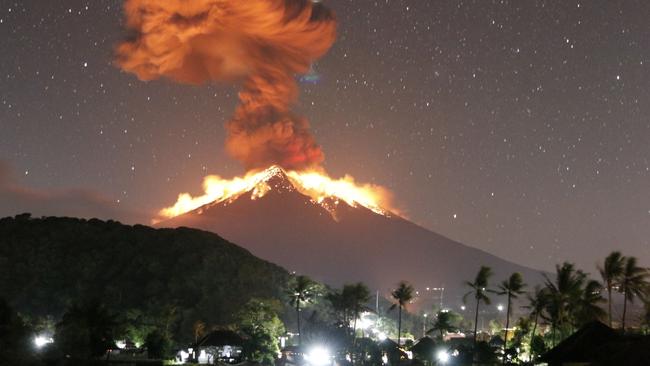Volcanic link to rapid rise in temperatures
Intense volcanic activity during the 1900s made it difficult to say when the impact of human activity first became apparent, says research.

Global temperatures rose faster and in a more uniform way across the planet in the final decades of the 20th century than at any other time during the Common Era of the past 2000 years, new research shows.
However, the human impact on temperature rises from industrialisation may have started much later than previously thought because the world was emerging from a period of intense volcanic activity at the end of the Little Ice Age.
According to Nature magazine, if human-induced warming started later than previously thought, it could have “unexpected policy implications” for meeting the Paris Agreement targets.
A series of papers published today in Nature attempts to paint a more detailed picture of how climate variability changed between the pre-industrial period and the 20th century.
According to an editorial in Nature, the research, led by Raphael Neukom from the University of Bern, continues the shift away from the so-called “hockey-stick” theory of a stable climate towards a more nuanced view of large fluctuations over decades and centuries.
A key finding of the research is that “the largest warming trends at timescales of 20 years and longer occur during the second half of the 20th century, highlighting the unusual character of the warming in recent decades”.

Other findings include confirmation that earlier temperature fluctuations had been dominated by volcanic activity and other warm and cold periods, such as the Little Ice Age and mediaeval warm period, were not uniform geographically or over time.
A related paper, also published in Nature, led by Stefan Bronnimann also from the University of Bern, says the effects of intense volcanic activity during the early 1900s made it difficult to say with precision when the impact of human activity on climate may have first become apparent.
It is possible the post-industrial temperature age may not have taken effect until early in the 20th century.
“We conclude that the end of the Little Ice Age was marked by the recovery from a sequence of volcanic eruptions, which makes it difficult to define a single pre-industrial baseline,” the Bronnimann paper says.
The finding has implications for how much of the warming to date can be attributed to human activity.
According to the Nature editorial, the point at which climate switched from pre-industrial conditions makes a potentially crucial difference “for calculating how much carbon dioxide we can still emit into the atmosphere without violating the temperature targets of the Paris Agreement”.




To join the conversation, please log in. Don't have an account? Register
Join the conversation, you are commenting as Logout